![]() a CEO
a CEO
 JP | EN
JP | EN
 JP | EN
JP | EN
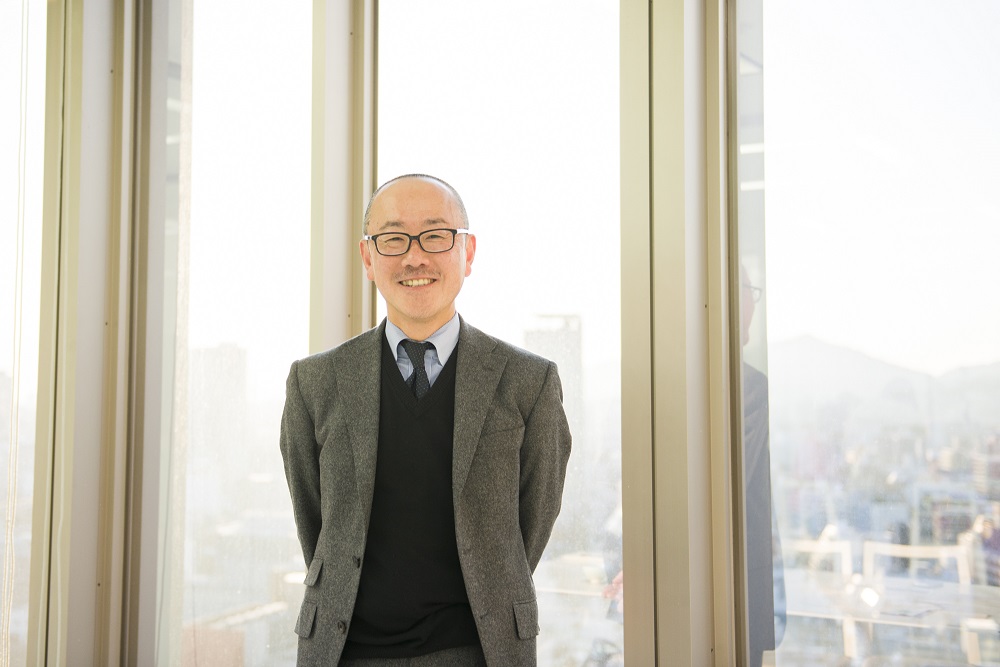
Kobe is a city of culture and lifestyle created through the rich fusion of Eastern and Western cultures and the new and the old. I still remember well what I felt when I visited Kobe with my family as an elementary school student. People on the street were fashionable, and the sea and mountains were surprisingly close to each other. I liked the city very much.
The next day, I went to the office, which was located at that time in Toyonaka City, Osaka. I found support calls and faxes being sent one after another from our customers. The company was all right thankfully, but it was great encouragement for us to know that customers around the country cared about us at a time when the situation was still unknown.
I had a faint hope that Kobe would be cleared up by the time of relocation, but the city was in fact still damaged, and vacant lots and blue sheets were all around. Because I was in Kobe every day at that time, I didn’t notice that the entire city was very dark. In December, when the Kobe Luminarie light festival was held to offer prayers to the victims of the earthquake and wish for the city’s restoration and recovery, I finally realized that the city had been dark. I feel that the Luminarie led Kobe in a better direction.
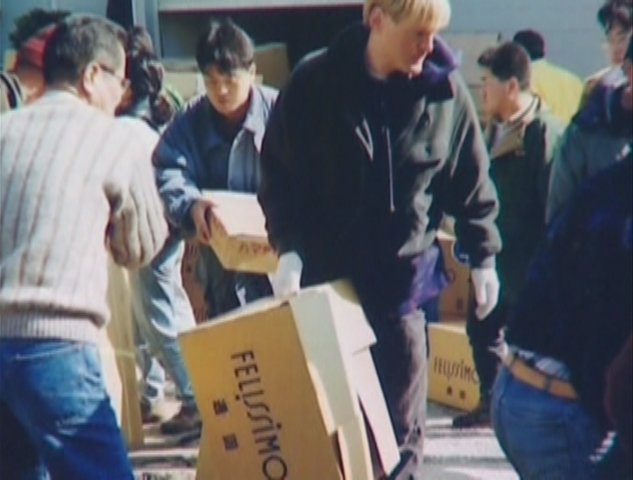 Photo: Delivering relief supplies to an evacuation center in March 1995, the year of the Great Hanshin-Awaji Earthquake
Photo: Delivering relief supplies to an evacuation center in March 1995, the year of the Great Hanshin-Awaji EarthquakeSaying “please use this for the people of Kobe,” increasing numbers of customers sent us money that exceeded the amount of their purchase and donated their spare change. I immediately wrote letters of thanks to them.
My intuition told me that recovery would not happen within a short period of time. So, to provide long-term support, we launched the “More, Always, Surely” campaign, which included a fundraising program that people could join with a 100-yen donation. We also sent letters to both affected and supporting customers to report how their donation had been used.
This activity continued for six years, collecting as much as 400 million yen from four million customers in total. We were really delighted that so many people approved of this campaign and kindly offered their support.
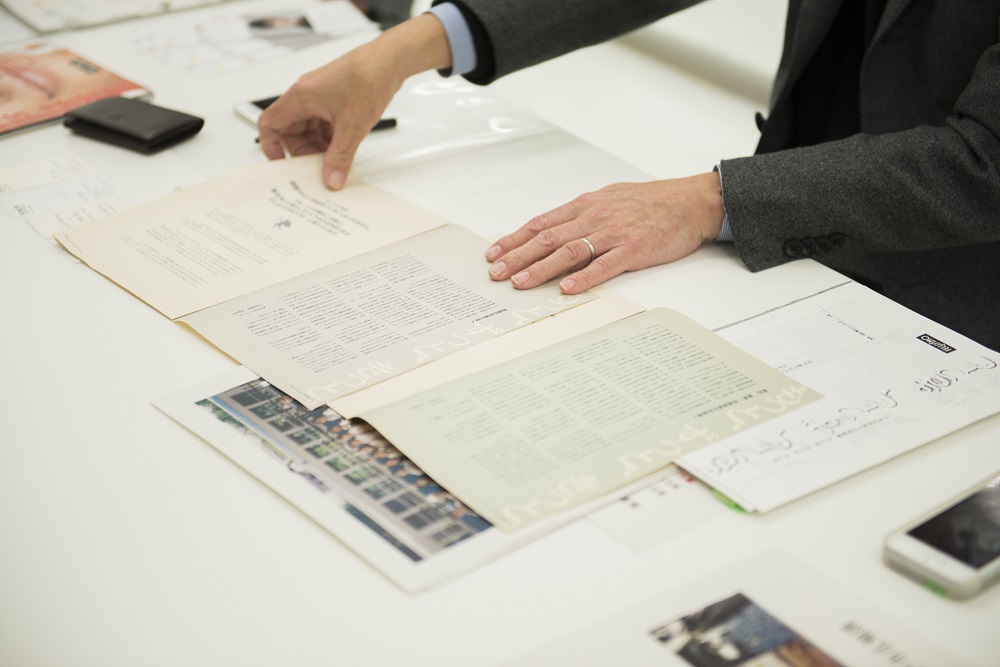 Photo: Newsletters that continued to convey Felissimo’s thoughts
Photo: Newsletters that continued to convey Felissimo’s thoughtsKobe has brought about a miracle. Everyone has made desperate efforts to do what they could. As a result, a beautiful townscape has been restored in less than 20 years. The city won third place in the ranking of Asia’s most livable cities conducted by a British consulting firm. If we continue our efforts for 20 more years, the city might earn a place in the ranking of the world’s best cities in which to live. I believe the city and each citizen of Kobe have strong potential for that.
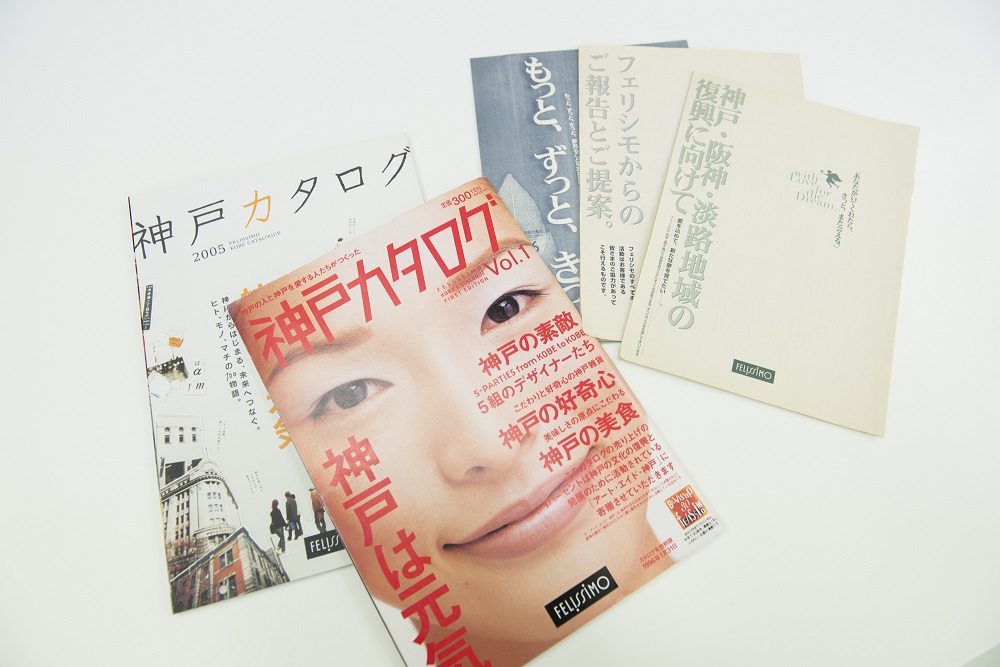 Photos: (Left) Kobe Catalog, a collection of Kobe-related products; (Right) Records of long-term support that continuously encouraged the people of Kobe
Photos: (Left) Kobe Catalog, a collection of Kobe-related products; (Right) Records of long-term support that continuously encouraged the people of KobeAt that moment on March 11, 2011, I was standing at the same place where I had seen a rainbow on January 17, 2005. “When Kobe had finally recovered to this level, tragedy struck again.” I felt helplessness and deep sorrow.
I let my staff members go home early that day. The next day, a Saturday, however, I went into the office and found they had voluntarily come to the office. They were holding cross-department discussions on what they could do. Encouraged by their action, I decided to try my hardest.
Thanks to our staff members who had already considered various measures, we were able to take quick action. Since the Great Hanshin-Awaji Earthquake, more staff members than I imagined have come to value sociality.
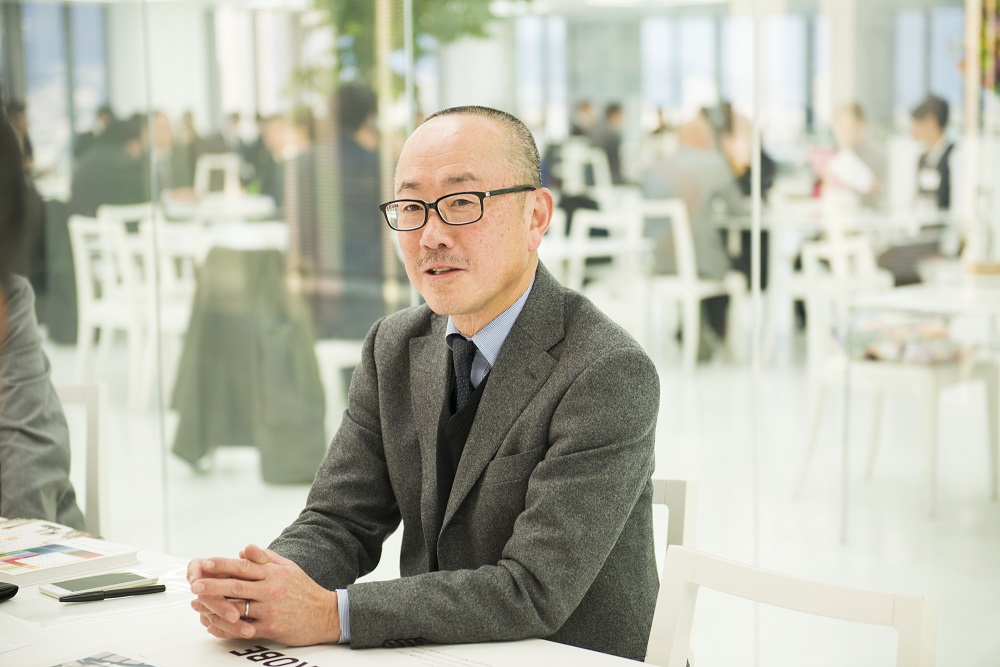 Photo: With an open atmosphere, their business meeting space is always lively
Photo: With an open atmosphere, their business meeting space is always livelyThe day after the Great East Japan Earthquake, one staff member was telling a story of when she visited the area affected by the Mid-Niigata Prefecture Earthquake in 2004 to work as a volunteer. “Just by saying I came from Kobe, I saw people’s faces light up. I believe there must be something that only we as citizens of Kobe can do,” she said.
I kept walking through the affected area in Sendai for about an hour and could not help crying in the face of the tremendous damage. I wondered what I could do as a corporate manager from a business perspective to continuously help the people in the region. Because everything had been swept away by the tsunami, I thought setting up places to work would be necessary first of all. We launched the Tohoku Ippo Project, which was aimed at women and designed to encourage industrial recovery through financial support for businesses. We also created a catalog called Tohoku-cho, which introduced Tohoku-made products.
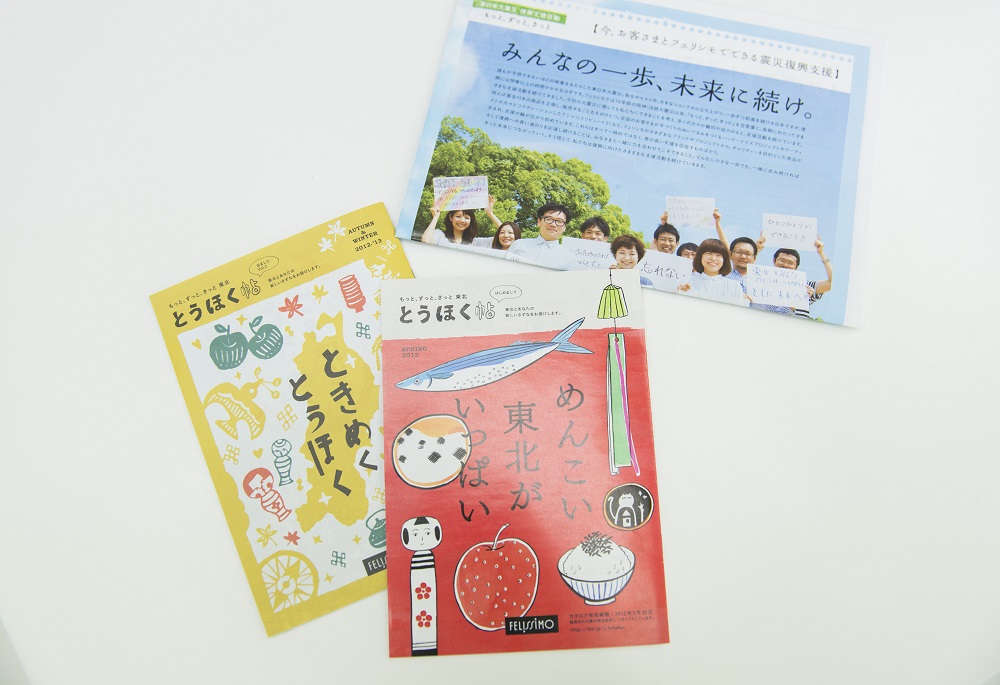 Photo: Tohoku-cho contains impressive pictures of powerful women in Tohoku. Their dignified smiles give readers power
Photo: Tohoku-cho contains impressive pictures of powerful women in Tohoku. Their dignified smiles give readers powerOne of the children who performed on the stage had lost a parent in the disaster. It was very impressive that she was able to open her heart gradually by the day of the performance.
In my opinion, people are seeking a role and stage in their lives. Watching a stage play is good, but acting on a stage creates opportunities for us to shine and gives us power. This is why we decided to provide the stage.
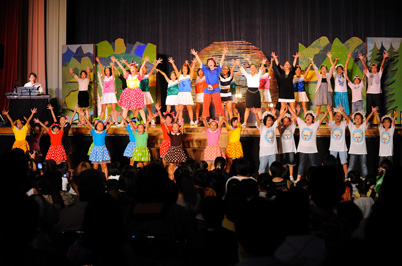 Photo: Children acting and singing enthusiastically on stage encouraged many people
Photo: Children acting and singing enthusiastically on stage encouraged many peopleWith our principle “Establish and Practice the Sociology of Happiness,” we declare that we create a happy society through our corporate activities. We use the word “happy” on a daily basis.
The earthquakes were truly devastating events. Since we have had plenty of hard times, if the total amount of happiness in life is predetermined, I believe we can only become far happier from now on.
The year 2015 marks the 50th anniversary of our company. I think Felissimo’s future resides in everyone’s mind. I would like to give shape to each of them. I dream of a company that is small but filled with exciting businesses.
I tell my staff members to design the back of their business cards on their own because I would like them to shine with their own passion. By making someone happy, we feel happy, and that eventually makes our business widely known. If someday the name “Felissimo,” which means the best and biggest happiness, is marked down in a chapter of history, that would be wonderful.
The city of Kobe is full of opportunities. I would like to show its attractiveness to people around the world to let them know more about the city. I hope Kobe will become a city that people all over the world dream of and wish to live in.
Kazuhiko Yazaki
President and CEO of Felissimo Corporation. Born in 1955. Graduated from Gakushuin University Faculty of Economics and completed his studies at Kobe University’s Graduate School of Business Administration. Joined Felissimo after graduation and was appointed president and CEO in 1987. Shortly after the Great Hanshin-Awaji Earthquake in Kobe in 1995, the company relocated its head office to the city. He has been proactively engaged in community-based activities to contribute to society, and practices the company’s core value of “creating happiness together.” The company’s collection system adopted since its establishment has proved popular, in which customers receive the company’s original clothing and sundries every month.